Last weeks value stocks bought such as Deutsche Telekom ($$DTE (+0,51%) ) Ahold $AD (-0,52%) Heineken $HEIA (-0,66%) and Engie $ENGI (-0,2%) . ASML $ASML (+0,07%) and ASMI $ASM (+0,63%) trimmed and sold to bring my tech weighting to around 25%. Cost some redemenent this week, but a more stable portfolio.

Engie
Price
Discussão sobre ENGI
Postos
10Collapse of the French government
The party in neighboring France was short-lived, Lecornu resigned and with him the Paris stock market sank, too bad being that France turns out to be a solid country in fundamentals, the latest data showed good growth in the country despite unstable politics, let's see how long this will last and by how much French stocks will fall, some opportunities may appear on the horizon, in France personally I am following $SAN (+0,67%) e $ENGI (-0,2%) , solid companies with good distribution, the former still undervalued according to fundamentals. I will have a chance to invest more cash in 10 days, in the meantime I am watching the developments in the transalpine market.
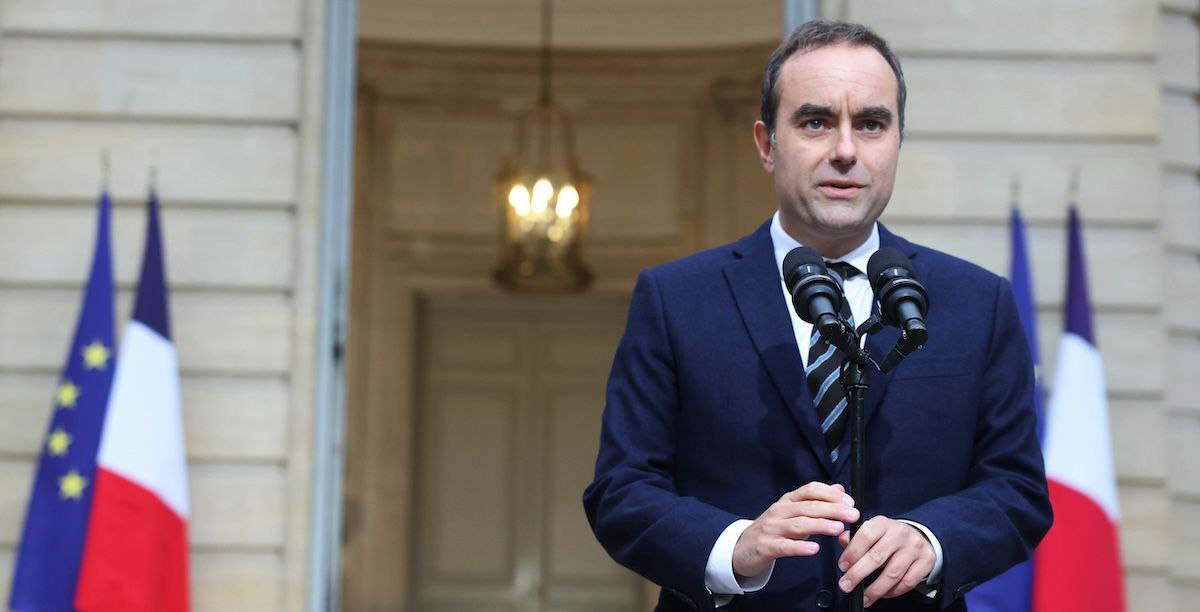
Utilities dividend exposure Increase
Just bought$ENGI (-0,2%) 32X and $POR (-0,5%) 56X to make my exposure a lot bigger in the utilities sector because this sector is also known for good stable dividends. currently 0.19% is almost nothing in this this sector.
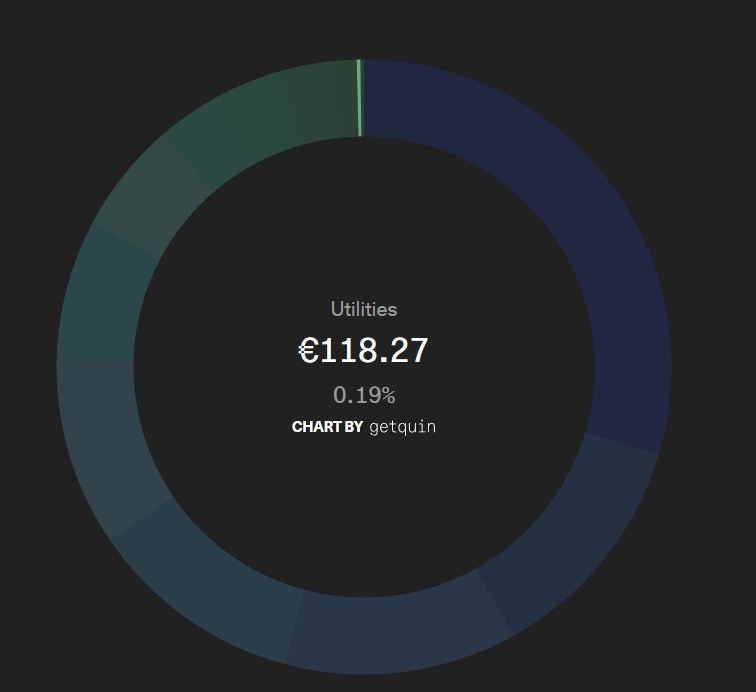
Attractive investments in Europe - according to UBS
The UBS recently carried out an extensive screening of the European equity market. There are a few stocks that were rated very positively by the analysts.
These include the French energy supply group Engie $ENGI (-0,2%) the Italian logistics and postal company Poste Italiane $PST (-0,3%) the British online real estate broker Rightmove
$RMV (-0,42%) and the French technology service provider SPIE $SPIE (+0,12%).
In addition, the Irish specialist insurer Beazley $BEZ (-0,77%) the Spanish energy group Iberdrola
$IBE (+1,31%) and the Swedish telecommunications company Telia
$TELIA (+1,58%) are on the list.
The chances of a positive development are good - according to "Welt". Reason:
In Europe, politicians are investing massive amounts of money in infrastructure and defense while promising reforms to stimulate the economy. Added to this are interest rate cuts by the European Central Bank (ECB) and bulging savings accounts, which could flow into consumption and investment if the mood improves.
And overall, it is all about long-term growth: government investments are planned for years to come and the ECB is likely to cut interest rates even further.
The combination of government stimulus, cheap financing and private capital is providing a tailwind on the markets. There are some European ETFs that have been performing very well since the beginning of the year.
At the forefront is the Global X Euro Infrastructure Development $BRIP (+0,05%) with a return of 23.1 percent.
Also strong is the Xtrackers Dax $DBXD. (+0,15%)
The ETF achieves 20.3 percent and costs just 0.09 percent per year.
Also exciting is the WisdomTree Europe Defensive $EUDF (+0,12%). With 18.9 percent since its launch in March, it has made a solid start and costs just 0.40 percent.
The classic among the European ETFs, the iShares Core Euro STOXX 50 $CSSX5E (+0,02%)is somewhat more defensive at 11.8 percent, but scores with minimal fees. Europe is therefore back on the ETF radar.
Source (excerpt) & image: "Welt", 17.07.2025
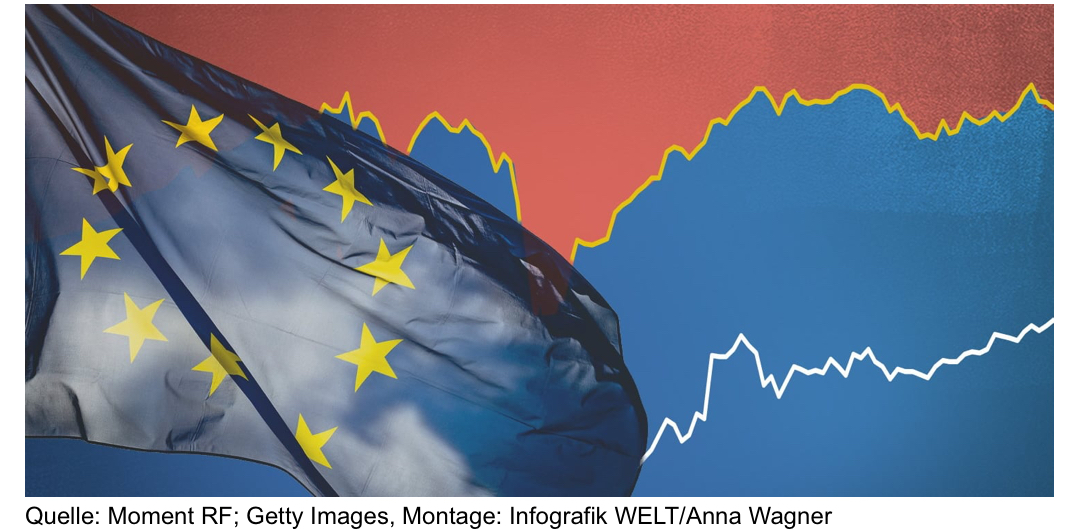
Portfolio feedback for a Belgian guy !
Hey everyone! After seeing so many portfolio presentations, I decided to share mine today, following the advice of @DonkeyInvestor (link here)! 🚀
1. Investment horizon and goals
I am Belgian guy of 30 years old, already own an apartment, and have a mortgage to repay. I have been investing sporadically since I was 18, but I really started actively managing my investments in March 2024.
My main goal is to maximize my savings, with the flexibility to either buy a house in the future or allocate funds to another project. Because of this, my investment horizon is flexible but at least 5 years.
I then plan to keep investing long-term and see if this could help me achieve a certain level of financial independence. To be honest, in a rational (but admittedly a bit morbid) way, the inheritance I will receive one day could contribute to that goal—although I am not at all counting on it as a part of my strategy.
2. My strategy and how I intend to achieve my goals
A. Introduction
I already have an emergency fund covering six months of expenses, which gives me peace of mind and allows me to invest without short-term financial stress.
My job enables me to invest at save (for investment) €1,500 per month. Any bonus or additional income is either added to my investments, used to replenish my emergency fund, or allocated to vacations and other expenses.
Additionally, I have around €25,000 from selling mutual funds I purchased in my younger years. This gives me flexibility to pick individual stocks or invest in crypto when I see an opportunity.
B. Investment Strategy & Asset Allocation 🎯
I invest around €2,300 per month in a DCA approach in various ETFs. Then I invest in stock or crypto when I see an opportunity.
My goal is to build by end 2025 a portfolio with the following allocation:
- ~40% Individual Stocks (mainly large-cap growth & tech)
- ~7.5-10% Crypto (mainly Bitcoin, possibly some altcoins)
- The remaining ~50% in ETFs, diversified across different regions and themes
C. Diversification & Experimentation 🎢
Within my ETF allocation, I allow myself to include thematic or higher-risk ETFs instead of only focusing on broad market indices.
I fully understand that this approach is not the most straightforward or simplest way to invest (see point 3). However, at this stage, I want to "have fun" with investing, testing stock picking and specific ETFs. Over time, I will assess whether this was a good decision and adjust if necessary (see point 4).
D. Risk-Taking & Adaptability 🔄
Since I am still young, I am willing to take on more risk, fully aware that I could also lose money. As I gain experience and see the performance of my portfolio, I will adapt my strategy if needed (again point 4).
3. My choice for the stocks in my portfolio
A. ETFs
After experimenting with different allocations, I’ve decided to aim for the following ETF distribution by the end of 2025 (as a percentage of my total portfolio, so including stock and crypto):
- 25%$IWDA (+0,22%) → Broad exposure to developed markets.
- 5%$IEMA (+0,13%) → Exposure to emerging markets
- 5%$XDEM (+0,39%) → Performance
- 2-2.5% in $MEUD (+0,26%) & $XNAS (+0,15%) → European and Nasdaq exposure to complement my stock picks.
- 10% in Thematic ETFs → I enjoy sector-specific plays and have selec $RBOT (-0,3%) , $W1TB (-1,24%) , $LCOC (+1,89%) , $SMH (+0,48%), $DFEN (+0,93%) to get exposure to robotics, Cocoa (because why not), semiconductors, and aerospace/defense.
B. Stocks
Like most of you, I love tech 😄, so a significant part of my individual stock portfolio is centered around it. I generally invest €2,000 per stock, sometimes in one go, sometimes split across multiple entries.
- ✅ Tech Giants & AI
- $NVDA (+2,51%) (exception to my €2,000 rule)
- $AMZN (+1,13%), $GOOGL (+1,6%), $MSFT (-0,43%) – Their global impact is massive and they are solid, and I don’t see that changing anytime soon.
- $VST (+0%) – AI-driven energy demand is booming, and I chose Vistra Energy over other AI-linked power plays.
- ✅ European Exposure 🌍
- $ENR (+0,84%)
(Siemens Energy) – A standout performer this year in Europe, and AI is a key factor in its growth. - $NOVO B (+8,45%)
(Novo Nordisk) – The obesity epidemic is a growing concern (also in Europe), and Novo Nordisk is a leader in the space. - ✅ More Speculative Plays :
Palantir & Soundhound AI – Both are AI-related but carry higher risk. $PLTR (-0,13%) because of its massive presence in States' affairs. $SOUN is an even more speculative AI bet, but I believe in it for the voice aspects. - ✅ Employee Shares : $ENGI (-0,2%)
C. Crypto
I chose Bitcoin mainly due to its volatility and the potential for "easy profits". I initially invested in July and, seeing Trump getting closer to the White House, I decided to increase my position, anticipating potential market movements linked to his policies and the broader macroeconomic environment. For now, I’m sticking to Bitcoin but might explore XRP and other assets in the future.
4. Insight into how I plan to further expand your portfolio
Based on my calculations, I should reach €100,000 invested by late 2025 or early 2026. My plan is to keep investing consistently to get closer to the allocation I outlined earlier.
A. Expanding My Stock Portfolio 📈
I plan to maybe reinforce some existing positions but overall exploring new opportunities. Some stocks I’m considering include:
- Belgium: Syensqo, D’Ieteren
- France: Schneider Electric
- Banking sector: JP Morgan
- E-commerce & emerging markets: MercadoLibre
- Quantum computing: While highly speculative, I’m keeping an eye on this sector for the future. Since I already have exposure through Alphabet, I might consider IBM later on.
- Biotech & Medical Startups 🧬: I’ve been tempted by some early-stage medical stocks, but the extreme volatility and risk keep me hesitant. A single failed clinical trial can wipe out a stock forever, making this sector too unpredictable for me at the moment.
- I might also allow myself the occasional “easy trade”, but nothing certain yet.
- Finally, I could include new thematic ETF's.
B. Crypto
For Bitcoin, I keep things simple: I invest €100 whenever I see a dip (sometimes multiple times per day or week), staying patient and accumulating over time. I’m curious to hear your views on where Bitcoin is headed.
C. Reviewing My Strategy in Late 2025 🔍
- At the end of 2025, I’ll assess my portfolio, especially my thematic ETFs, by comparing them to the MSCI World. This will help me decide whether to stick with them or simplify my ETF strategy.
- I’ll also review my stock picks to see if any adjustments are needed.
- Given my horizon, I won’t make any rushed decisions.
D. Managing My Biggest Concern – US Exposure 🇺🇸
One of my main concerns is my heavy exposure to the US market, both through ETFs and stocks. However, given the current global economic landscape, it seems difficult to do otherwise while aiming for maximum returns.
For now, I’ll keep an eye on opportunities to diversify while ensuring that my investments remain aligned with my long-term strategy.
5. What I don’t want in my portfolio
I believe that investing inherently carries a level of amorality, especially when investing in broad-market ETFs that include a wide range of companies (but everyone has their own ethical perspective—let’s not start a debate on that! 😄).
That being said, I personally choose not to invest directly in companies involved in alcohol or tobacco. It’s a personal preference.
6. Conclusion 🎯
That’s it for this deep dive into my portfolio and a summary of my thoughts since May 2024, as well as since I started reading your posts in August.
Thanks for all the insightful discussions and shared knowledge—this is an amazing community, and I really appreciate the posts I read since August!
Have a great weekend and thanks you so much for reading so far!
Regards,
A Belgian investor
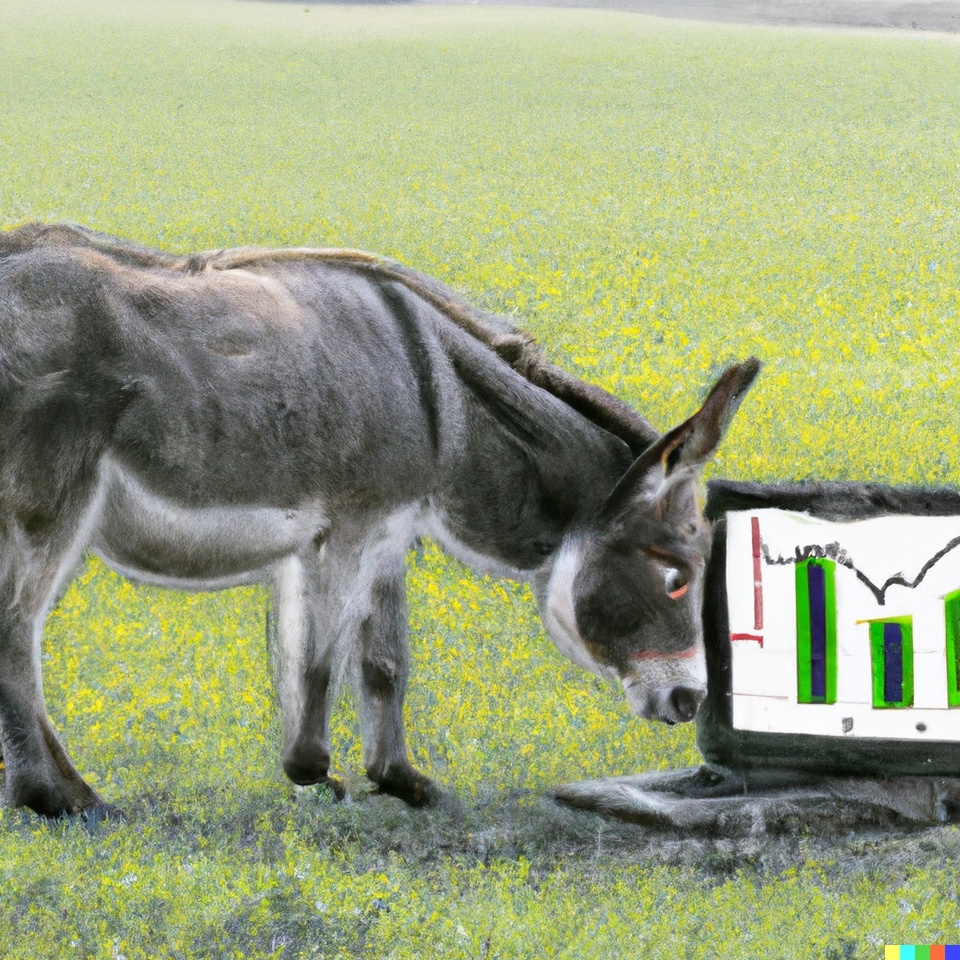
Hello everyone,
Today I would like to introduce you to my portfolio. As you probably know, it's just too much fun to expand my portfolio with new stocks. There are now a few too many, but I still can't really part with my worst-performing stocks ($NVM (+3,01%) , $ENPH (-4,42%) , $WAC (-0,41%) ). I'm hoping that I'll be able to sell them in positive territory at some point, or am I on the wrong track and in your opinion should I sell at a loss and try to make up the loss with other stocks?
I have been investing since the end of 2022 and at 29 years old, I still have a long time to go. My strategy is to be as desertified as possible in sectors and to beat the market in the long term (just let me believe that it works :D), hence so many individual stocks. I want to hold these for many years (esp. $AMZN (+1,13%) , $GOOGL (+1,6%) , $QCOM (-0,18%) , $MSFT (-0,43%) , $V (+0,54%) , $MC (+0,41%) , $SALM (-1,68%) ) but I'm also not too keen to pocket the profits. Are there any stocks in my portfolio that you would view critically for the next few years and would be worth considering selling? Recession and all that...
Priority is on growth, which is reasonably safe, so only a few small caps - but a few bets have to be in there :) ($AIDX (+5,75%) , $NRX (+1,44%) , $ITM (-0,69%) , $F3C (+1,33%) , $MITK (-0,89%) ). But with rather small amounts, probably too small or what do you say?
At the same time, I would also like to claim a €900 allowance via dividends ( $BATS (-0,15%) , $ENB (+1,08%) , $BNPQY (+1%) , $STLAM (-0,39%) , $ENGI (-0,2%) , $RIO (+1,34%) ) and secure a trade or two.
Recently I have been investing 240€/m in the $XDWD (+0,27%) and between 200 - 500€/m in individual shares (depending on what is left). Actually, I want to increase the existing shares properly now, but somehow there are always nice entry options in solid companies like $0L2T (+0,49%) , $ZTS (-0,47%) , $ADM (-0,65%) , $PANW (-1,07%) , $ENR (+0,84%) . Help what to do? :D
And then there's also crypto $BTC (-0,37%)
$NEAR (-0,76%)
$ADA (-0,64%)
And Japan, they're doing well too $4063 (+1,77%) , $6501 (+0,67%) , $8001 (+1,77%)
Looking forward to your feedback and advice!
Portfolio Feedback 2.0
For fun, I share my portfolio due to the new feed view and also hope to be able to take a few "like-minded" people with me.
41 years old, married, 3 children, employed project manager, savings rate due to current circumstances and mortgage at 350€.
The portfolio consists of 3 (4) building blocks:
Core/Satellite (buy & hold strategy consisting of MSCI World, Microsoft $MSFT (-0,43%) , Cloudflare $NET (+0,08%) and Crowdstrike $CRWD (-1,44%) for the long-term investment period (in the best case until retirement) Share of the portfolio approx. 30% ETF / approx. 18% individual shares
2. crypto represented by $BTC (-0,37%) also buy & hold (investment period > 10 years). Share of the portfolio approx. 15%
3. momentum strategy (always the two stocks with the highest momentum) currently AMD $AMD (-0,4%) and MercadoLibre $MELI (-0,24%) (here a change is probably due again next month) Share of the portfolio approx. 30%. The long-term benchmark here is the S&P 500
4. employee shares ENGIE $ENGI (-0,2%) are rather negligible as they will most likely be sold at the end of the holding period. Share in the portfolio approx. 7%
The current weighting also corresponds approximately to the target weighting:. The position size per individual share should be at least 3-5%, hence the small number of positions. For some, the MSCI World share is probably still too low and the TECH exposure far too high. For me, however, this is exactly what I would like to replicate. I am only at the beginning of my journey and have already learned a few lessons, see past transactions, but I think I am on the right track, even if the road to my goal still seems endless.
Now I would like to have PRO & CONTRA from you :-)
Marshall Wacea London-based hedge fund, is the second largest short seller of German equities, with positions worth approximately 940 million US dollars.
Although the fund as a whole rising prices on the German equity market it also holds considerable hedge positions.
Co Founder Paul Marshall criticizes the German energy policywhich in his opinion leads to economic problems has led to economic problems by exit from nuclear- and "thermal energy sources" and leaving gas plants as the only flexible energy source in phases of low renewable energy generation.
Marshall sees this as creating favorable conditions for energy producers such as RWE ($RWE (+1,36%) ), Engie SA ($ENGI (-0,2%) ) and SSE Plc ($SSE (+0%) ), which creates "exceptional profit opportunities".
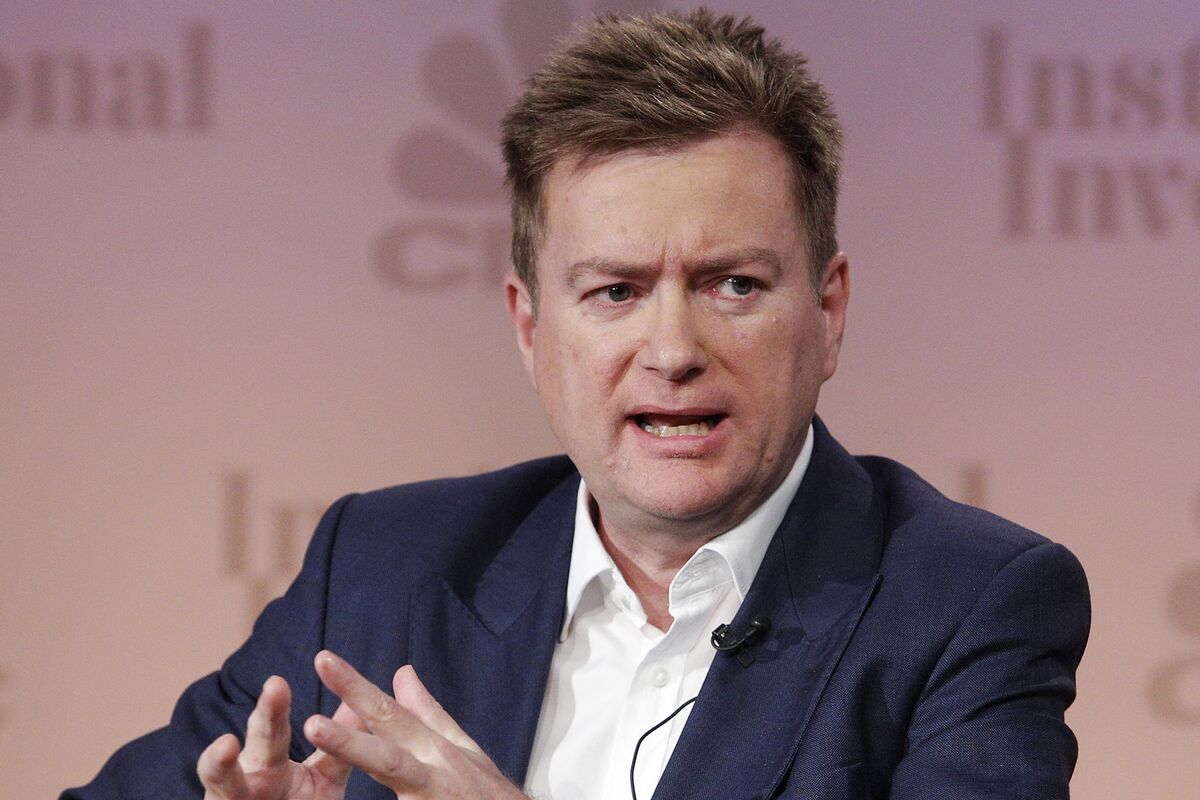
Today I'm going to take a look at uranium stocks from my perspective as a radiation protection engineer:
From today's perspective, the demand for uranium will increase, not decrease, by 2027. Production is currently not keeping pace and demand is very high. I therefore see uranium share prices continuing to rise until 2027.
Which ones are currently popular?
In addition to the strong Cameco $CCO (+3,79%) and Nexgen Energy $NXG there is also Kazatomprom $KZAP . All three have had a very good rally to date and are expected to constantly exceed their all-time high until 2027.
From today's perspective, I think one share is still undervalued alongside Kazatomprom: $YCA (+1,2%) Yellow Cake, these do not produce uranium directly but rather act as holders of uranium and uranium trading.
Cameco: P/E 102, growth 96%, 0.2% div
Nexgen: P/E 45, growth 65%, 0% div
Kazatomprom: P/E 15, 1Y: 46%,4%Div
Yellow Cake: P/E 4, 1Y growth 85%, 0% div
I personally have Cameco in my savings plan, but I think this company and Nexgen are overvalued. I also have shares in Kazatomprom and Yellow Cake.
What does the future look like? Even after 2027, things will not get less for producers. From today's perspective, over 120 new pressurized water reactors of the EPR type will be built by 2035. However, the price will increasingly fall again. Anyone who thinks that Germany is going to stop, I'm afraid I have to put a spanner in the works. Although no conventional reactors are being built and we are in the process of dismantling them, dual-fluid reactors or small SMR-type reactors are. These have the possibility of reusing the nuclear waste. Companies and cooperation with the following companies are required for the construction:
Mitsubishi Heavy $7011 (+1,35%) ( power plant construction)
Hitachi $HIA (power plant construction)
RWE $RWE (+1,36%) (invested in Poland and the Netherlands via Urenco)
Brookfield $BN (+1,55%) (main shareholder Westinghouse)
Engie Electrabel $ENGI (-0,2%) (ECS)
Mutares SE $MUX (+0,34%) (dismantling of nuclear power plants)
General Electric $GEC (reactor construction (among others)
Others are unfortunately only limited liability companies.
Conventional nuclear waste is also disposed of with other reactor types. However, the process will continue to develop until around 2050.
If you have any further questions, please write to me.
The higher the price of the raw material, the higher the follow-up costs of processing. In this case, nuclear power becomes more expensive. Companies are generally interested in maximizing profits, which is why rising costs lead to falling margins for operators, because the price of electricity must remain low in order to ensure the competitiveness of the country as a whole.
In this respect, there will be significant corrections to many commodities on the world market in the foreseeable future, at the latest with the reintegration of Russia. Uranium, potash and also crude oil will correct significantly following the trend of the last year, taking into account the competition from RE investment offensives and subsidy programs.
Regenerative methanol production and the real opportunities for CO2 reduction.
Dear Community,
Once again, the last hydrogen contribution was very well received. Thank you very much for the positive feedback!
What technical topic is close to your hearts that should be looked at more closely?
Today we are talking about the real opportunity to achieve rapid success in climate change and a practice that is already being used on a large scale today.
Methanolalso known to many perhaps as wood alcohol, is the simplest alcohol in chemistry.
Brief general background:
Methanol is a clear, colorless, flammable liquid with a typical alcoholic odor. It consists of carbon C, hydrogen H and oxygen O. Total CH3OH in chemical structural formula.
Methanol is notorious for being formed during alcoholic fermentation. However, it is better known through incidents of vacationers who enjoyed moonshine in southern vacation countries and subsequently had to struggle with signs of cloudiness or complete loss of eyesight. The human body processes methanol to the well-known formaldehyde, formerly contained in wall paints.
This results in the property therefore that with the alcoholic fermentation process mainly methanol, ethanol, thus the consumption alcohol and water develop. It is imperative that this mixture is properly separated!
Natural occurrence:
Methanol occurs naturally just as little as hydrogen. It is also always bound. It is contained in cotton plants, fruits and grasses in minimal concentrations, so that its extraction, i.e. separation, is not worthwhile.
What is methanol currently used for?
Methanol is an important raw material in the chemical industry. Important for us stock exchange traders above all the resulting synthesis to biodiesel or MTBE, the anti-knock agent for gasoline engines. Methanol also has the potential to generate electrical energy in a fuel cell, similar to hydrogen, but with even lower efficiency.
Historical background:
Methanol is again something typically German ...
In 1913, BASF was granted $BAS (+0%) received a patent for a process to produce methanol. The basic material for this came from coal gasification. This process later became known as the "Winkler process". The principle behind it is the gasification of lignite by adding steam and air.
In the triumphant advance of natural gas, however, this process was superseded. Rightly so, because this process is extremely harmful to the environment and health. However, it is still used in China and South Africa.
In 1923, large-scale production began at the Leuna plants.
Something to think about: Today, by the way, only a tiny fraction of the global demand is produced in Germany. This production has been distributed mainly to Caribbean countries, as well as Latin America and, of course, China. Perhaps this is also a dependency that should be kept in mind, especially with regard to Chile and Argentina? During the last visit of our chancellor, Chile has found clear words on which side one would stand in case of a conflict between the USA and China ...
Production and chances for a fast CO2 reduction:
Quite simply, so that we can finally focus in the future speculations and applications of the future.
To produce methanol, you need carbon monoxide CO or carbon dioxide CO2.
With the addition of hydrogen H2, a mixture of dimethyl ether, the propellant in hair and paint spray, ethanol, i.e. pleasure alcohol, and methanol is produced in a reactor. This is thermally separated downstream.
But what does all this have to do with CO2 reduction, and why would we have such a good chance of rapid success here?
In the following, I refer mainly to the second reaction type, where CO2 and H2 are used, but I omit hydrogen, because this is a topic on its own and one could certainly explain the processes for H2 production in more detail, which again speak for an overvaluation of hydrogen.
Carbon dioxide CO2:
This greenhouse gas is an important feedstock for the methanol process. It is currently produced conventionally via steam reforming, i.e. H2 generation, and via partial oxidation, i.e. partial combustion.
There are strong efforts by the industry to make this process usable in order to greatly improve its own CO2 balance. The pioneers, in terms of investment, are above all Totalenergies $TTE (+0,03%) and Thyssenkrupp $TKA (+0,16%) . In the future, waste gases from the process are to be made usable and thus not released into the environment. Both oil refining and steel production produce huge amounts of CO2.
A second method of acting more sustainably would be the so-called CCU process, Carbon Capture and Utilization or CO2 utilization. In this process, gases containing CO2 are "filtered" from the air, compressed and thus made usable again for industrial purposes. Many industrial giants have adopted this method. Among them are the stock market darlings of RWE $RWE (+1,36%) , OMV $OMV (-0,93%) , HeidelbergMaterials $HEI (+0,77%) and many more. The methodology became known on the stock exchange through the speculative share Aker CC $ACC .
The products from the process and the opportunities:
This hides real opportunities that are still trading far below their application area on the stock market, as the majority focus on electric and hydrogen.
Methanol:
Methanol is and will always be an important basic material for the chemical industry! The downstream products of formaldehyde and acetic acid, as well as their further processing, are too important for our modern way of life. In the beginning there is always methanol!
The entire range of M-fuels, which were already tested in the 80s, are methanol mixtures and are even permitted in the EU.
MAN, the VW subsidiary $VOW (-0,57%) and the shipbuilding division HD-Hyundais $267250 have been cooperating for a long time on large engines running on methanol. Especially for the shipping industry. In the industry also gave $MAERSK B (-0,69%) other large orders.
Indy cars in the USA and dragsters are powered by methanol.
Methanol produces significantly lower emissions than diesel and gasoline, and at the same time can be produced at near net zero, as described above.
The biggest methanol producers are Petronas $PCHEM , Methanex $MX (-1,45%) and Mitsui $8031 (+1,29%) .
Fuel cell:
A modified fuel cell can run on methanol. It is even more inefficient than hydrogen. But offers the advantage that you don't have to change methanol's state of aggregation to make it usable.
Of course, the downside to all the greatness of methanol is that to make truly "green" methanol, you would also have to use "green" hydrogen.
This is a complex issue that SFC Energy $F3C (+1,33%) promised to address it.
Biodiesel:
The best-known downstream product of methanol is biodiesel. Last year on the stock market mainly through Verbio $VBK (-1,06%) and CropEnergies $CE2 extremely high on the market.
At present, these are still subject to blending with fossil fuels, resulting in corresponding margins for biofuel producers.
DME, dimethyl ether:
Dimethyl ether is the hottest candidate as a diesel successor. Here, even small modifications can ensure operation. But why isn't this being done? The problem here is political, as it is only permitted as a biofuel if it is produced exclusively from biomass. One could therefore possibly rely here on a growing biogas market with regard to Envitec $ETG (-2,28%) , Engie $ENGI (-0,2%) , Greenvolts $GVOLT or similar. Whereby the use of biogas certainly offers better application possibilities than a diesel substitute.
Postscript:
The follow-on products should only illustrate once again the importance and the enormous market that methanol can bring as a raw material and energy carrier. If we now put this in relation to the market capitalizations with hydrogen shares, we should now speculate about whether hydrogen is valued too highly or whether methanol is perhaps weighted much too low according to its use.
What do you think?
Do you have any suggestions, questions or wishes?

Títulos em alta
Principais criadores desta semana
















